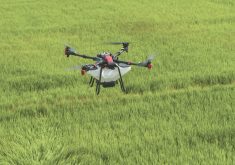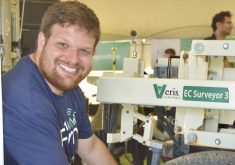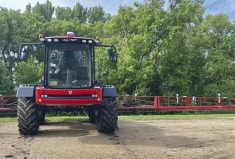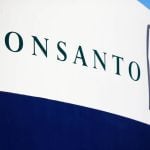Ben Scott builds proteins. You got that? He is not looking for proteins. He creates them, from scratch.
Scott is an engineering biology expert at the Global Institute for Food Security (GIFS) at the University of Saskatchewan in Saskatoon. He is helping GIFS build an engineering biology foundry to design, build and test new enzyme proteins and other useful molecules that, for example, will give a zip to nutrient efficiency or deter pests.
The idea is that this foundry will be a one-stop shop creating new biology-based products that, hopefully, will juice up field productivity and profitability.
Read Also
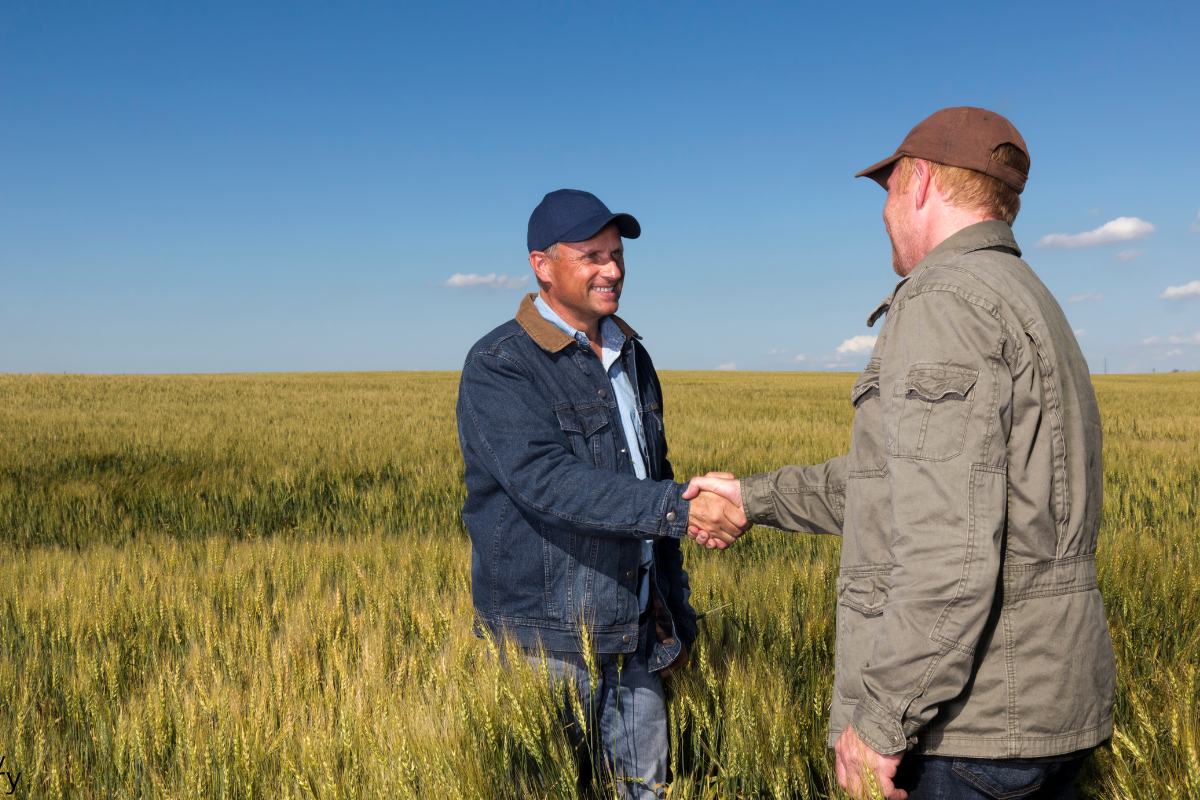
Are you ready for farm succession?
What motivates some farmers to make a succession plan while others don’t seem worried.
Does this mean nature has run out of ideas or molecules? Not at all. The natural soil biosphere includes enzyme catalysts that trigger all sorts of beneficial chemical reactions. Urease enzyme, for example, converts urea into plant-available ammonia and carbon dioxide. Phytase enzyme does more or less the same thing with phytate, converting the common soil molecule into plant-available forms of phosphorus.
Nature is still worth exploring. But is that kind of exploration efficient? Often, engineering and improving the molecules we already know can be a whole lot easier than scouring the natural world for ones we haven’t found yet.
Now, Scott is using phytase enzymes to test the foundry’s “design-build-test-learn” process.
Phytase enzymes are used in livestock to make the phosphorus in feed more available to the animal. However, a digestive tract has a consistent warm temperature and low pH. For crops, Scott wants phytase enzymes that work in field environments where cool spring temperatures and neutral or alkaline soils tend to make phosphorus less bioavailable.
This is not really a new objective. The fungal biological Penicillium bilaii is already on the market in the seed treatment Jumpstart. However Penicillium bilaii is alive and may not release as much bound phosphorus as farmers want and it doesn’t eliminate the need for phosphorus fertilizer.
Could a phytase enzyme, applied as a soil treatment, make available all the phosphorus our crops need? That is what GIFS hopes to find out.
A phytase protein is about 400 amino acids long, and nature uses about 20 types of amino acids, so a mathematician will tell you the potential number of combinations for building your ideal phytase is 20 to the power of 400. It’s a big number. How big? Over 500 zeroes.
A fully loaded super-B truck holds about 10 billion canola seeds. That is 11 digits. A number with 500-plus digits is basically infinity. How do you begin to work through all those combinations to engineer combinations that could create the ultimate phytate-chewing enzyme?
Scott is originally from Stratford, Ont., the park-like and bistro-rich home to Canada’s Shakespeare summer festival. He has an undergrad degree in science and a masters in medical sciences from McMaster University in Hamilton, plus a PhD in cell and systems biology from the University of Toronto. He worked in biological foundries at the National Institute of Standards and Technology (NIST) in Gaithersburg, Maryland, and at Concordia University in Montreal. His projects included protein-based blood thinners and microbes to fight gut inflammation. His specialties are synthetic biology, protein engineering and laboratory automation. You need these skills to run a biofoundry.

Scott’s phytase project at GIFS started with 12 natural phytase enzymes well-documented in the scientific literature. He and his team also chose another 12 natural phytase enzymes not previously characterized. They will expose those 24 to the neutral pH and cool conditions typical of Prairie soils and identify how the best ones function.
With this functional template from natural enzymes, scientists will test and train the computer algorithms. Algorithms can improve processes exponentially, but only if they know what they’re doing. Once Scott and his team have the computers somewhat well trained, they’ll ask the computers to use that template to design new-to-nature phytase enzymes.
“Say the phytase molecule is a house,” Scott explains by analogy. “We might ask the computer to keep all the windows in the same place, but dream up the rest of the house.” The computer will then go to work on blueprints… 10 houses. 100 houses. 1,000 houses. 10,000 houses.
“In this phase, we’re really only limited by how long we want to let the computer do this. At end of the day, we do need to test them all,” Scott says. And zany is good. “We don’t just want one or two changes. We want to build ‘houses’ that are really different.”
Scott and his team run these houses through another algorithm that tests the soundness of the design. Will these houses stand up? In protein parlance, do these computer-created amino acid chains look and act and fold like proteins? The algorithm comes up with a short list of best candidates.
Next, the simulation makes the jump to real life.
Each amino acid has specific DNA code. Making DNA is a matter of stringing together the genetic instructions for each phytase enzyme. “This is easy,” Scott says. He sends these codes off to a company that builds DNA. A few days later, batches of real DNA arrive at the GIFS door.
The limitation here is cost. It may only cost a few hundred dollars for each DNA synthesis, but 1,000 sets of DNA could be $200,000 or more.
Scott opens his Fedex boxes of DNA and inserts the code into yeast. “Basically we stress the yeast cells to the point where they’re weak enough to absorb the new DNA,” he says. This occurs in nature all the time. Humans who are stressed are more likely to get sick from a virus. In our weakened states we take on the virus DNA.
Just like that, engineered phytase enzymes are now part of living organisms. Ready for testing.
For one test, scientists put the enzyme-carrying yeast into a petri dish with real phytate particles, which look like white sand, Scott says. Phytase from the yeast, like saliva from our mouths, attacks the phytate particles, converting them to a milky colour and finally a clear round puddle. The puddle in the middle of the dish then is a circle of plant-available phosphate. For another test, the team extracts phytase from the yeast and adds that pure enzyme to phytate, measuring the phosphate release. Both methods are common. The second has been used around the world for 45 years or more, Scott says.
The difference, though, is that with today’s new approach researchers use these tools not to test various natural or wild phytase enzymes, but to test ones created with computer models and machine learning.
“We are taking more intelligent shots on goal,” Scott says.
Using the automated equipment at their foundry, GIFS scientists will pick the best few phytase enzymes from among the thousands, using the best few to make an even better template. And it goes around again. That is how automation and machine learning can help scientists improve on nature.
At some point, when a new enzyme ticks all the boxes, it goes for field testing. If it exceeds expectations, a disrupter hits the market and flips the phosphate supply chain on its ear.
But let’s not get ahead of ourselves.
“We don’t have anything yet,” Scott says. “We’re not even close.”
Even if it doesn’t produce a commercial product, the GIFS phytase work will have served its purpose. “This is an exploratory project for us,” Scott says. “We are using it to plant our flag in the ag enzyme design space — a space with a lot of opportunities.”
Ultimately, GIFS wants to have the world’s first four-phase — “design-build-test-learn” — ag foundry. It will perform engineering biology on a contract basis, generating revenue through fee-for-service or partnerships with entrepreneurs, academics, government institutions and companies.
“Once we validate our system with the phytase project, it will be much easier next time,” Scott says.
And next time could be enzymes or other bio-engineered products that improve crop tolerance to drought, heat or disease. Or that fix plant-available nitrogen. Or provide sustainable pesticides, micronutrients, pheromones or antimicrobials.
“We can be growing these products instead of extracting them or using fossil fuels to produce them,” Scott says. “Everybody wants a more sustainable and greener world. To achieve that, we want to be able to use every technology that is safe and ethical.”





